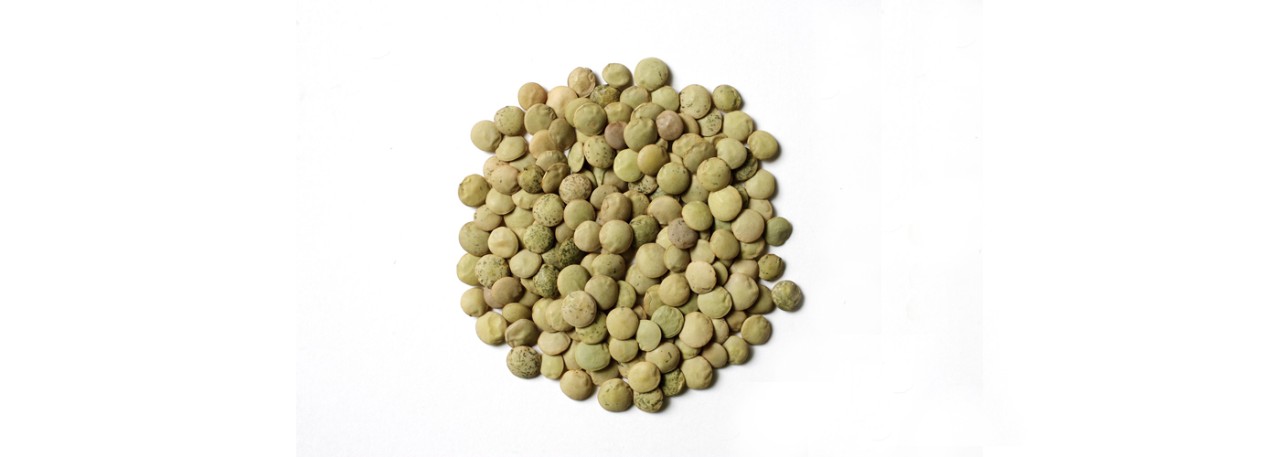.png.transform/rendition-xs/image_image%20(1).png)
Lenteja de La Armuña PGI
Dried, shelled lentils, from the family of leguminous plants of the culinaris medicus species, which comprises the Rubia variety from La Armuña (Salamanca), destined for human consumption.
Tasting notes
Extremely smooth and delicate to touch. Once cooked, they are characterized by the fact that they remain intact; the fineness of their skin that melts in the mouth and combines with the interior; the evenness of their texture and their buttery consistency on the palate. The stock they produce is light in color, a sign of quality for lentils, and has a pleasant and distinctive flavor even before adding other ingredients.
Other notes
This variety has a distinctive light green color that is occasionally speckled, and its average size ranges from 5 to 7mm (0.2 – 0.3 in) in diameter. Its delicate and uniform texture and the smoothness of its skin are of particular note. It has very good cooking qualities, as it does not break up nor does it lose its extremely fine outer skin.
Characteristics: Contents per 100g (3.52 oz)
- Humectants 10.64 Protein: 26.28
- Fat: 0.87 Ash: 2.49
- Carbohydrates 55.00 Calcium: 0.02
- Total fiber: 4.72 Magnesium: 0.08
- Iron 57.67 (expressed in mg/kg).
Production / Processing method
Sowing takes place in the autumn, preferably in October, using a cereal drill, and primarily involves dry land tillage.
The lentils are harvested at the end of June or mid-July, with two different processes. The first consists of mowing with a forage mower. Mowing takes place when the lentils are lemon in color and not completely dry, in order to avoid pod dehiscence. Once the lentils are dry, they are collected with a trailer and taken to the threshing floor where they are threshed with a grain picker. On other occasions, the grain picker is taken directly to the plot of land and the lentils are passed from the mountains to the grain picker.
Another more widely used method is direct harvesting with cereal harvesters that contain rollers so that the cutter does not hit the ground. This is the best system, but relies on the land being very flat and free from stones.
Threshing - mechanical shelling – takes place when the grain is dry and mature, and is then followed by the cleaning and sifting processes to remove the chaff and defective grain.
Once they reach the packaging areas, the lentils that will carry the PDO label must be subjected to the following processes:
- An intrinsic quality control of the raw materials to standardize the different batches, which includes a cooking time analysis.
- Cleaning, using air and vibration to remove foreign bodies.
- Sifting and selecting to remove the defective beans.
- Calibration, in which the products are sorted by size, as only beans of the same size will have the same cooking time.
- Packaging: putting the beans into the different containers, using automatic and semi-automatic dosing units.
- Extrinsic quality control to guarantee that the containers conform to the norms regarding weight, foreign matter, defective grain, size, etc. and that they adhere to the tolerances specified in the corresponding regulations.
Geography / Relief and climate
The region of La Armuña is located within the so-called Cuenca Terciaria del Duero, the average altitude of which is between 800 and 900m (2,624-2,952 ft).
In the production area the soils are brown-grey and red-brown, sandy, brown lands and dark soils. Red, deep, neutral or alkaline soil is most common, with an adequate supply of calcium and potassium and a variable phosphorous concentration. These soils are poor in organic material.
The area’s climate is continental with long and cold winters and very short, hot, dry summers. The temperatures range between -l0ºC (14ªF) in the months of December and January and 35ºC (95ªF) in July and August.
Rainfall is scarce, as well as hydrographic resources, restricted to watercourses that flow into the various tributaries of the river Tormes.
Regulatory Council
Consejo Regulador de la IGP Lenteja de La Armuña
Plaza Catalina Armenteros s/n
37428 Pajares de la Laguna (Salamanca)
Tel: (+34) 923 228 345
la@legumbresdecalidad.com
www.legumbresdecalidad.com
Sources:
- Spanish Ministry of Agriculture
This variety has a distinctive light green color that is occasionally speckled.


- Lentejas de La Armuña 1
- Lentejas de La Armuña 2

Pajares de la Laguna (Castile-Leon)
